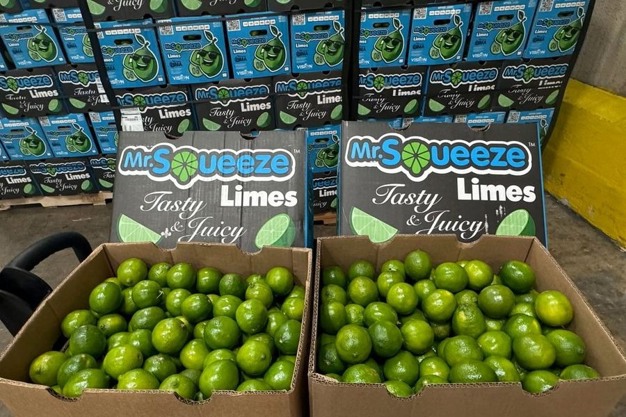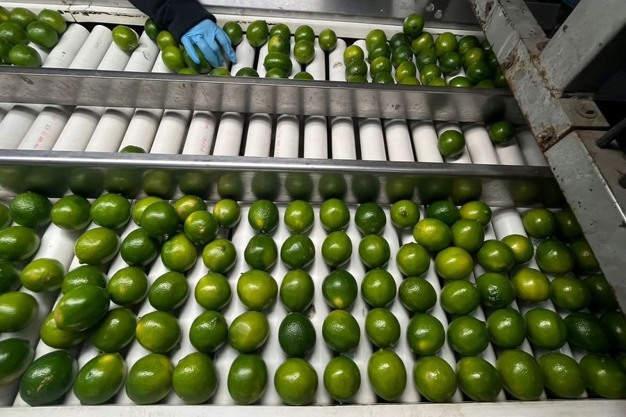Mexico continues to be the dominant supplier of limes to the United States. About 80 to 85 percent of U.S. lime imports originate from Mexico, followed by Colombia, Peru, Guatemala, and Honduras. "Mexico's 90+ percent share is getting chewed away as other countries like Colombia and Peru are developing their lime industries," says Ronnie Cohen with Vision Global Group. However, with demand for limes continuing to increase, Mexico is still sending large volumes to the U.S. and the country continues to drive the ship.
Favorable transit times
Mexico's dominance is followed by Colombia, supplying about seven to ten percent of U.S. lime imports. Every year, more areas come into production in the South American country and the U.S. continues to be on the receiving end of a high amount of Colombia's fruit. This is not surprising given the favorable transit times. "Product that is shipped from Colombia to Florida is in transit for three to five days while shipments to the Northeast have a transit time of six to eight days." Peru is following in Colombia's footsteps, but their lime industry is still small. "Just as citrus, grapes, avocados, and blueberries have developed into robust industries, the limes are following a similar path," shares Cohen. However, for now their share is two to four percent. In addition to favorable transit times, both countries are more open to program pricing. "They are willing to give a fixed price for a longer duration, allowing us to set up programs with retailers while avoiding the uncertainties of the Mexican peaks and valleys."
In Central America, Guatemala and Honduras each have a share of about 1 percent in U.S. lime imports. Vision brings in fruit from all the origins with Mexico being the leading supplier, followed by Colombia and Peru. "While we also import limes from Guatemala and Honduras, it's more of an exception than a rule," says Cohen.

More normal production year
The lime market is looking very different from a year ago when Mexico's production was significantly impacted by El Niño. Supplies were extremely tight, and prices spiked to historically high levels. This year, supplies are back closer to historical production levels, preventing extreme peaks in pricing.
"Before Christmas and New Year's, the market was a bit sloppy and many growers decided to leave their fruit on the trees," comments Cohen. However, unlike lemons, at some point limes need to be cut. "They are more sensitive than lemons and don't store as well. To harvest export quality fruit, limes just can't stay on the tree for too long." That fruit is available on the market now with small and medium size limes being more abundant. Large caliber fruit on the other hand, is starting to become scarcer and therefore commands a higher price. By mid-January however, there will be less overall production, and Cohen expects all sizes to go up in price. "I don't think prices will reach last year's peak levels, but I do expect an elevated FOB market from the end of January through March," he comments. "My guess is that prices will go up to about $50, but they could go as high as $60/box. As always, we will have to wait and see."

 For more information:
For more information:
Ronnie Cohen
Vision Global Group, LLC
Tel: (+1) 917-930-7178
[email protected]
www.visionglobalgroup.com










